Die
Die
Die in Packaging
In the world of packaging, the term Die holds significant importance. A Die is a specialized tool used to cut or shape materials, such as paper, cardboard, or plastic, into specific forms. This process is essential for creating packaging designs that fit products perfectly.
How Does a Die Work?
A Die works like a cookie cutter. It uses sharp edges to cut through materials with precision. The Die is usually made from metal and is customized to create specific shapes and sizes. This ensures that each piece of packaging is consistent and meets quality standards.
Types of Dies
There are several types of Dies used in packaging:
- Flatbed Die: Used for simple shapes and smaller production runs.
- Rotary Die: Ideal for high-volume production and complex shapes.
- Steel Rule Die: Commonly used for cutting cardboard and other thick materials.
Why Are Dies Important in Packaging?
Dies are crucial because they ensure precision and efficiency. They help create packaging that protects products and enhances their appearance. Without Dies, it would be challenging to achieve the same level of detail and consistency in packaging.
Conclusion
Understanding the role of a Die in packaging is essential for anyone involved in the industry. It is a key tool that helps create high-quality, reliable packaging solutions. Whether you are producing small batches or large volumes, the right Die can make all the difference.
Blog Posts with the term: Die
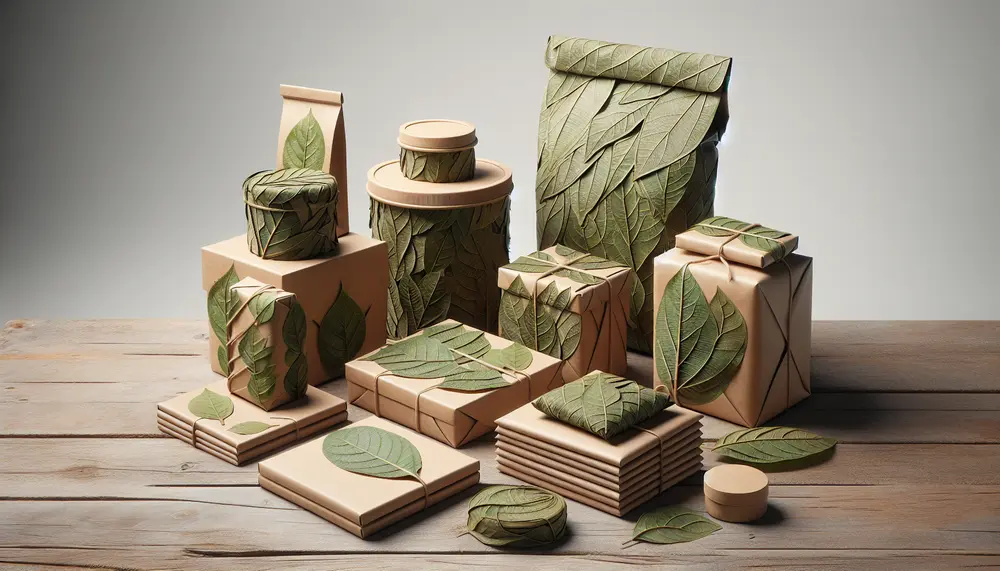
Leaf-based packaging materials are ancient practices re-emerging for modern sustainability, utilizing plant leaves as biodegradable and renewable solutions with minimal environmental impact. They reduce carbon emissions compared to plastic production, decompose rapidly without toxic residues, and align with circular economy...
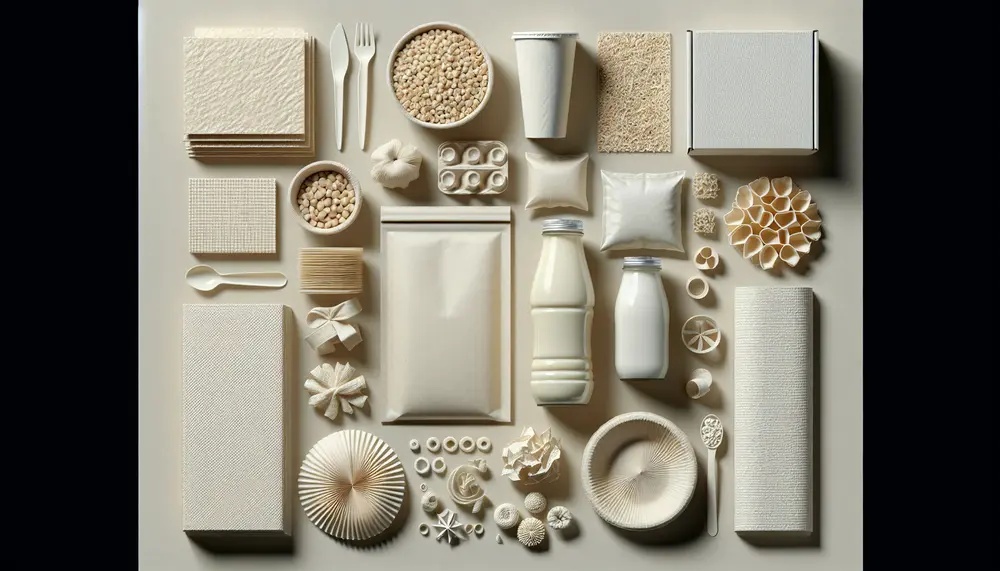
Cornstarch is a biodegradable, eco-friendly alternative to traditional packaging materials, offering similar functionalities with less environmental impact. It's used in various industries for products like containers and bags, reduces reliance on fossil fuels, and supports climate change efforts by emitting...
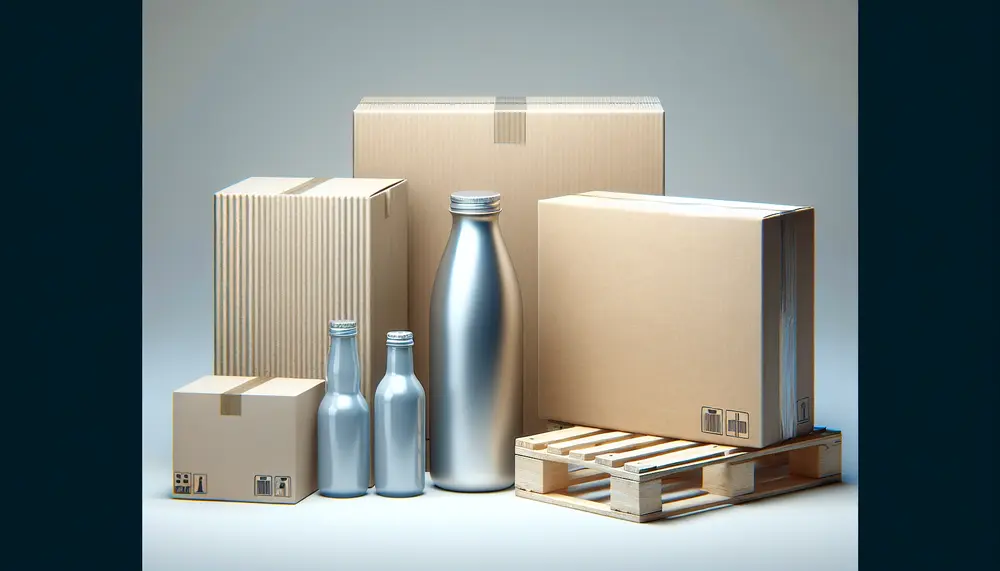
Packaging levels refer to the layers of packaging used from production to consumer, including primary (direct product contact), secondary (grouping and branding), and tertiary (bulk handling). Each level serves distinct purposes in protection, marketing, transportation, and regulatory compliance....
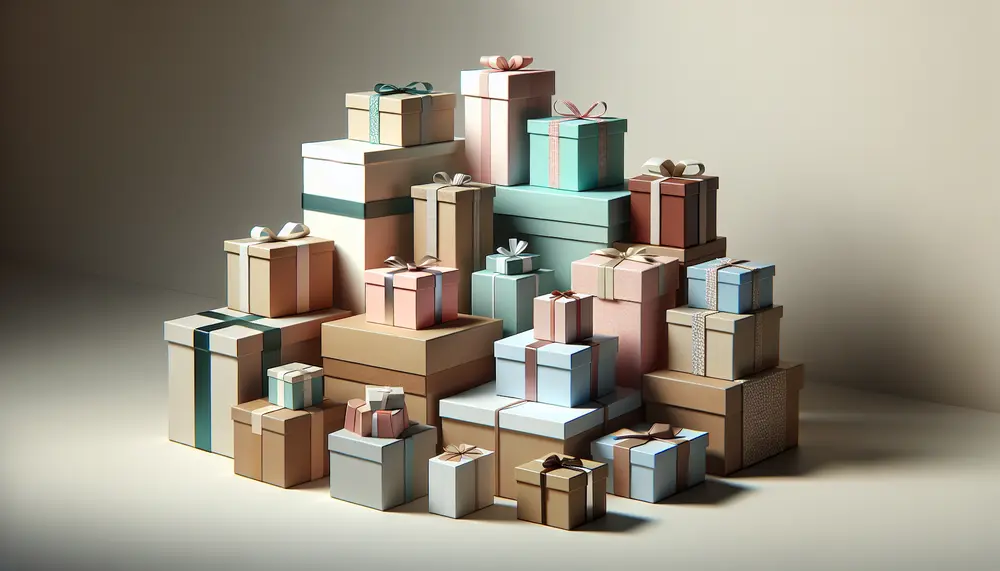
Unique packaging designs enhance gift boxes by creating memorable unboxing experiences and reflecting the giver's care. Personal touches, eco-friendly materials, and innovative design elements can elevate both personal gifts and brand identity. Creative packaging for gifts makes a strong first impression,...
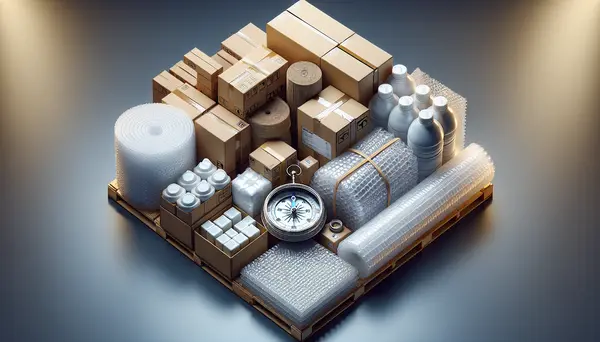
Packaging regulations are crucial for businesses involved in the manufacture, distribution or sale of packaged goods. They protect consumers and support fair competition by governing every aspect of packaging from design to label information. Compliance with these rules is essential...
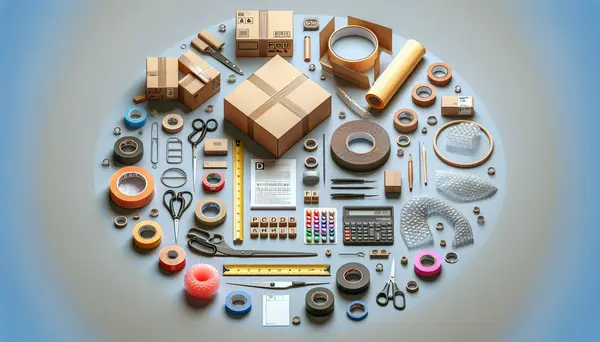
Packaging design is a process of creating exterior product protection and communication tool that encapsulate a brand's identity, conveys essential information about the product, and influences consumer purchasing decisions. Designers should prioritize clarity and simplicity, emphasize originality, ensure functionality, design...
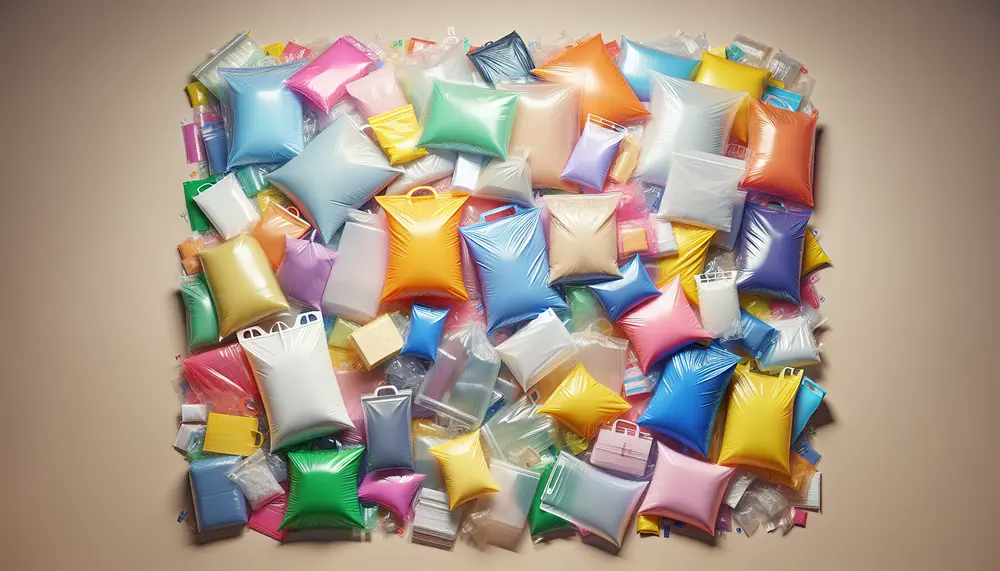
LDPE bags are versatile and durable packaging solutions made from Low-Density Polyethylene, suitable for a wide range of applications including food packaging, medical supplies, retail merchandise, industrial parts, and agricultural products. They offer benefits such as cost efficiency, protective qualities...

HDPE packaging is valued for its durability, lightweight nature, and resistance to environmental factors. It's versatile in shape and size customization, cost-effective during transport due to its light weight, and environmentally friendly as it's 100% recyclable. High-density polyethylene (HDPE) is a...
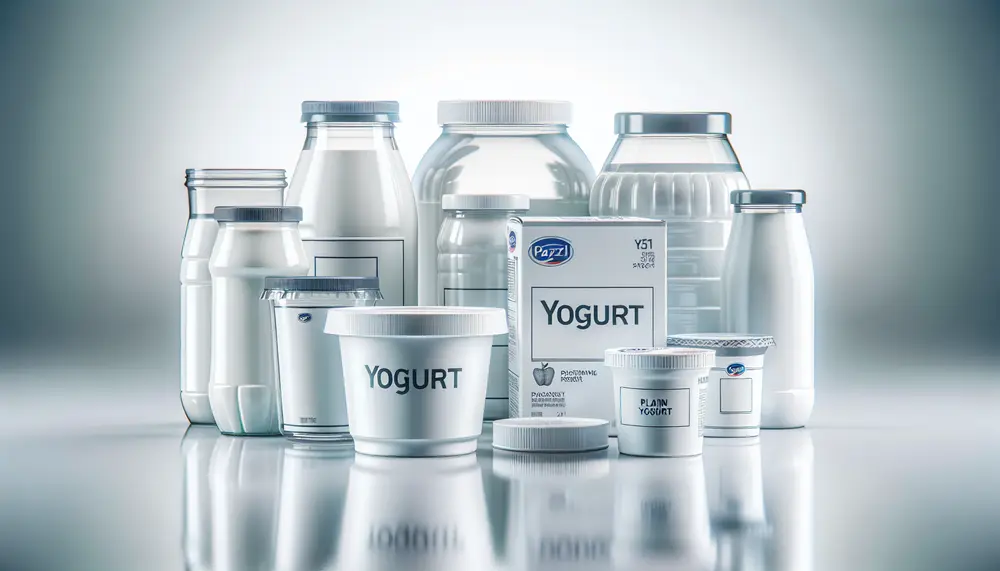
The article discusses the significance of yogurt packaging materials in preserving quality, extending shelf life, and marketing. It highlights various types of packaging like glass, plastic, composites, eco-friendly alternatives, and metal containers with their respective properties. Packaging choices for yogurt impact...
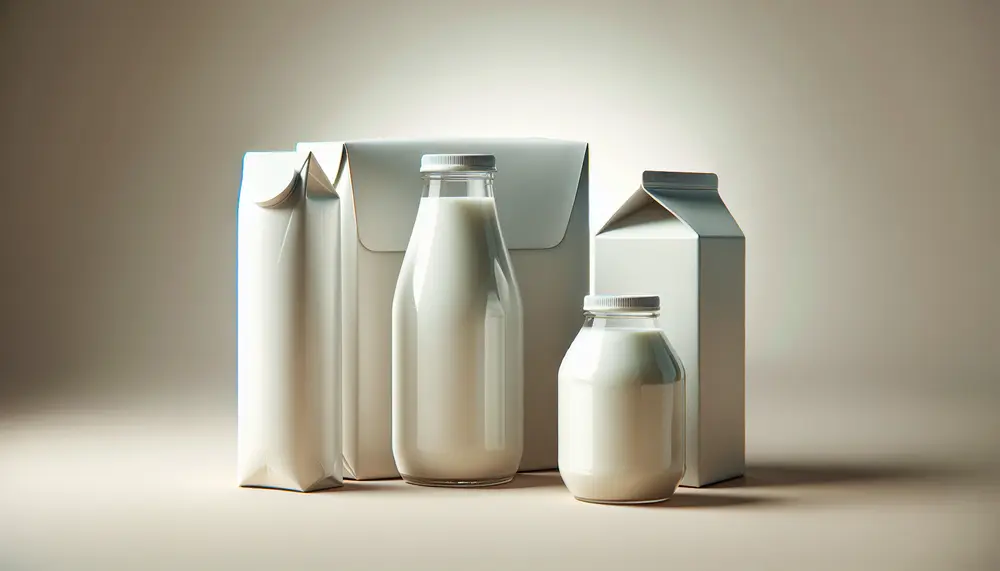
This article discusses the evolution and variety of milk packaging materials, highlighting their role in preserving milk's freshness, taste, and nutrition. It covers historical advancements from glass bottles to modern sustainable options, examining each material's benefits and drawbacks for consumers...
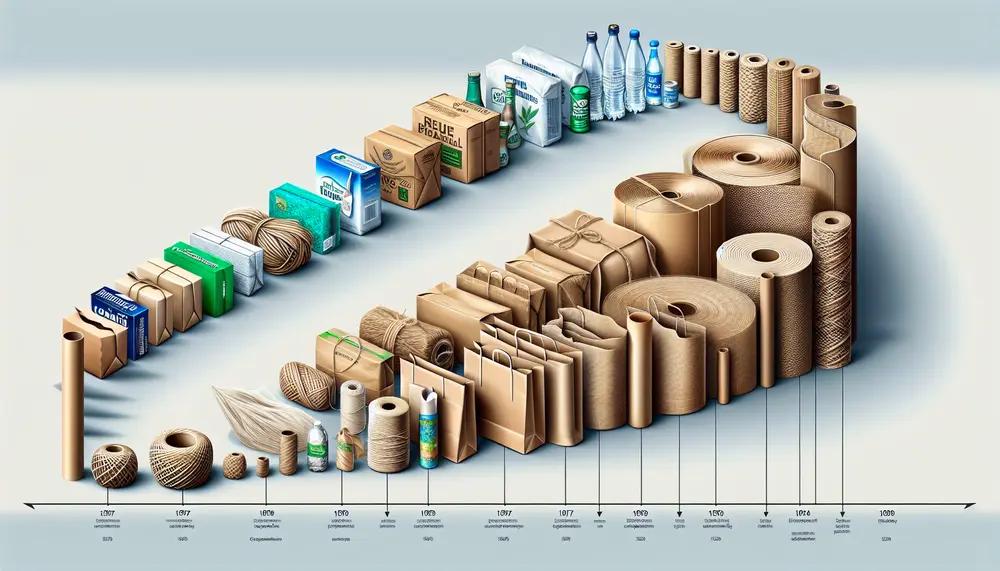
Packaging is a complex, engineered process for product protection, presentation, and preservation with functions including containment and information. It has evolved to incorporate user experience, environmental considerations, and technological advancements. Historically packaging materials have advanced from natural resources to modern lightweight...
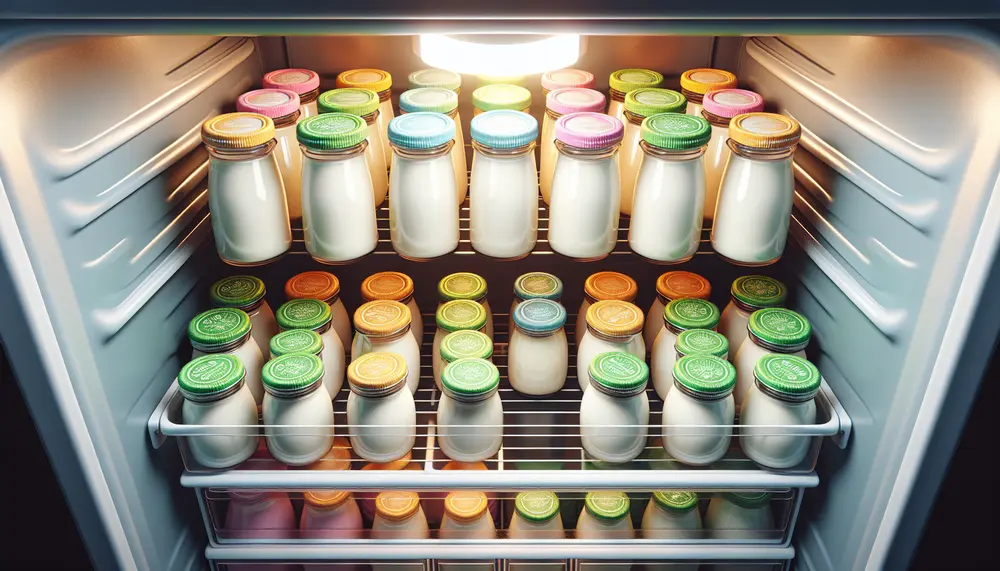
Yogurt packaging is essential for maintaining freshness, quality, and safety; it requires an effective barrier against oxygen and light, strength during transportation, regulatory compliance for food contact, and advanced sealing technology. Innovations in the market include smart features like freshness...
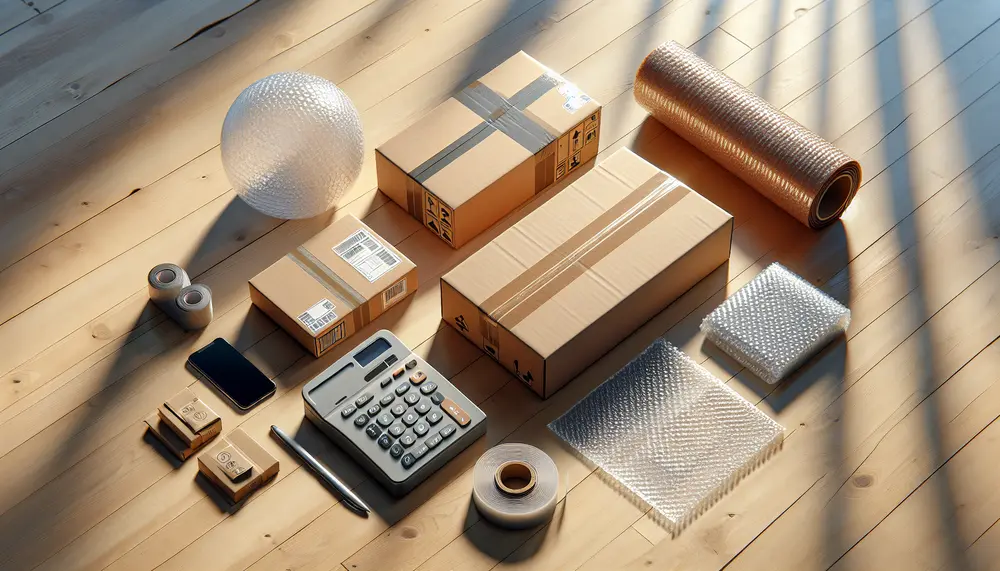
The packaging HS code is a ten-digit number essential for international trade, determining tariffs and ensuring compliance with regulations. It's part of the Harmonized System used globally by customs to classify products, where the first six digits are universal and...
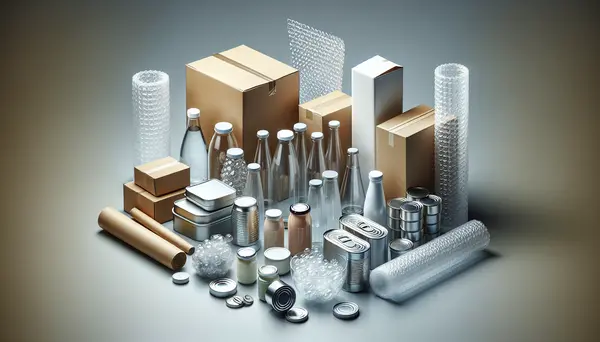
Packaging plays a crucial role in marketing, serving as the initial contact point between consumers and brands. It not only protects the product but also communicates its story, reflects brand identity, influences purchase decisions through design and functionality, attracts attention...

